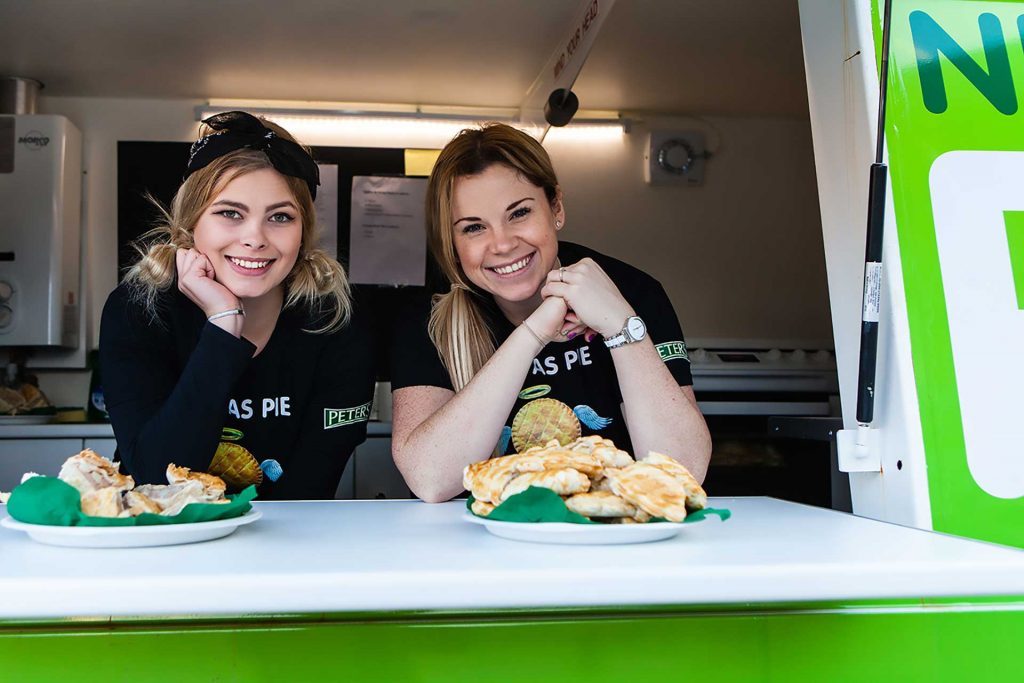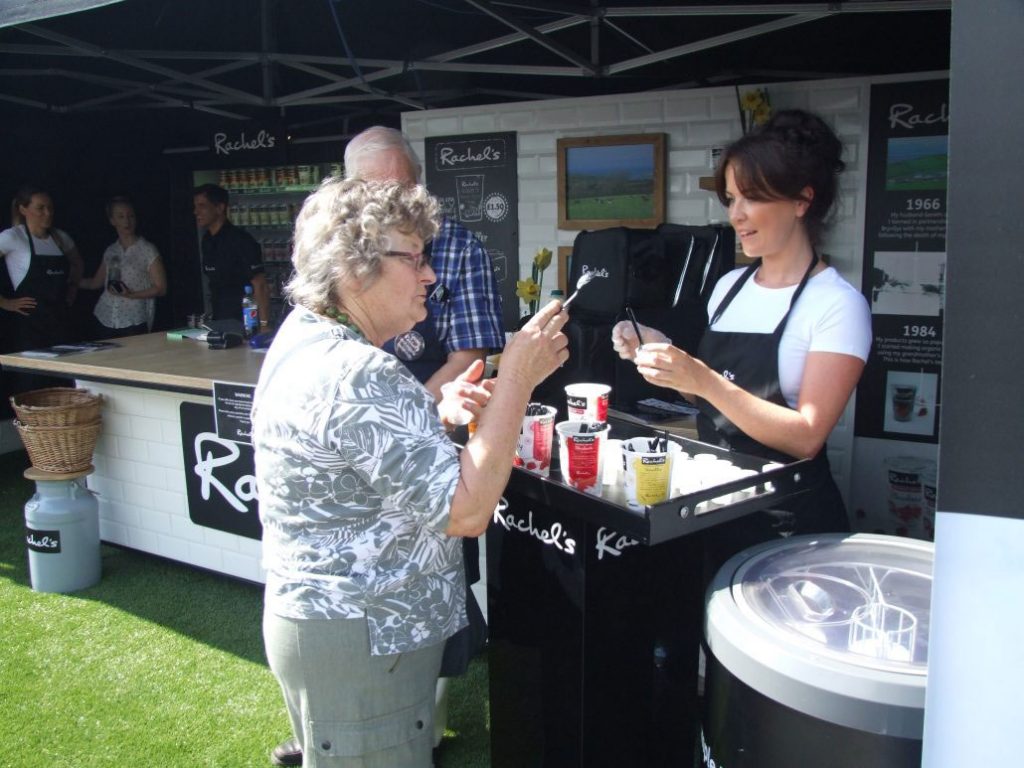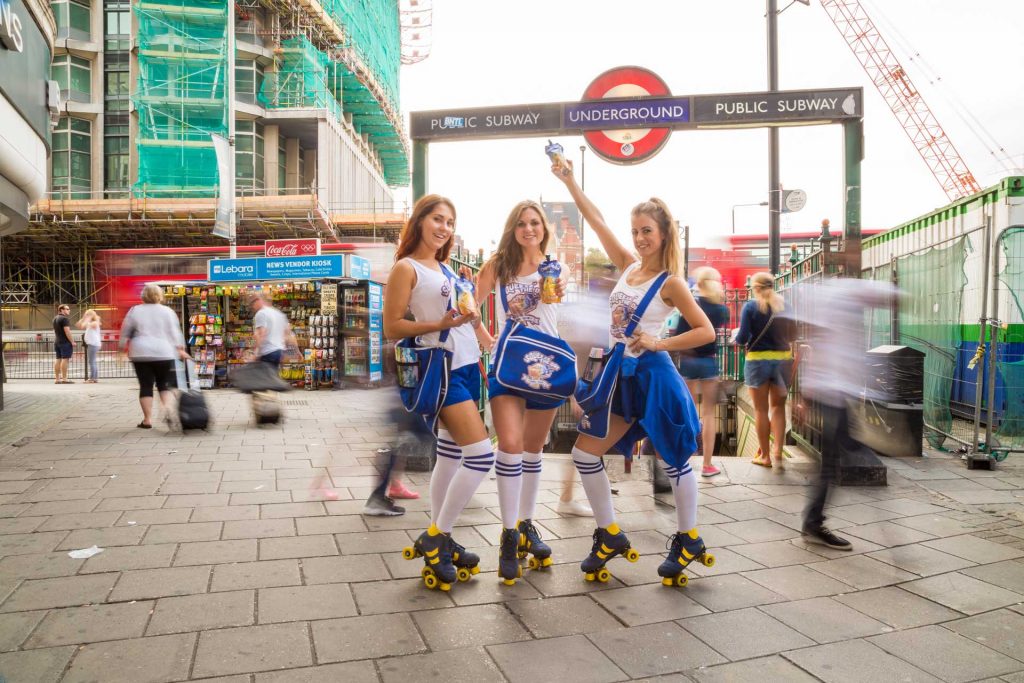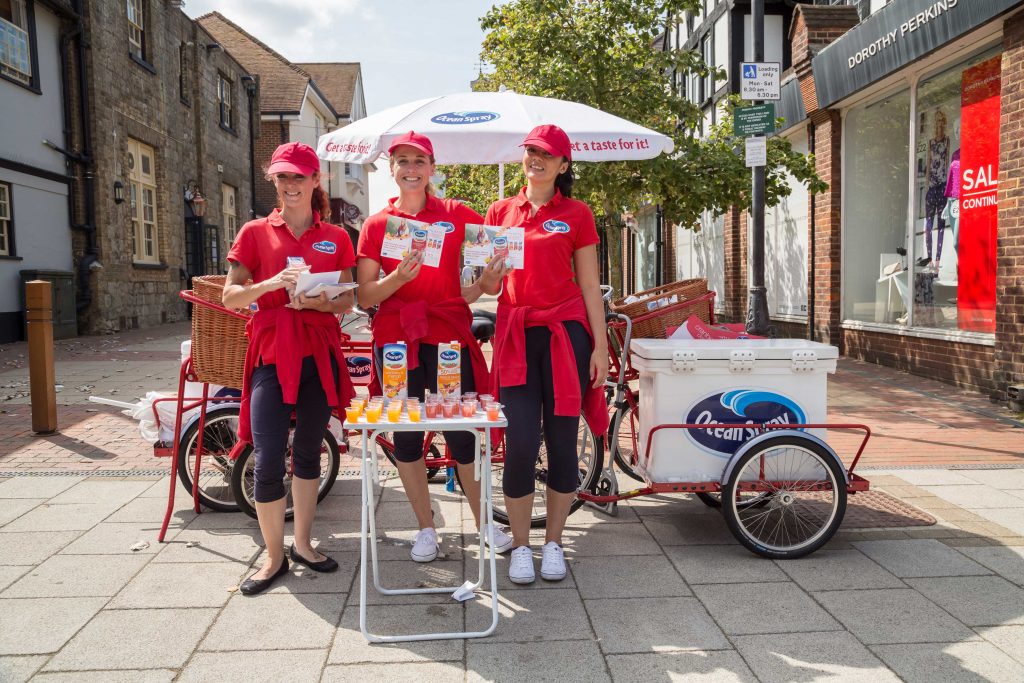How Effective Is Product Sampling? Eye-opening Research
We all know that feeling, stepping into a supermarket only to catch sight of a branded product sampling stand, manned by a beaming staff member wielding a tray of free samples – no matter how recently we ate, we’re going to try at least one!
And why not, it starts what can often be a monotonous experience on a positive note, whether it’s an old favourite or a complete unknown on offer.
The fact is, we’d be hard-pressed to find someone who doesn’t like getting something for nothing. Which, from a brand’s perspective, is a veritable gold mine of opportunity.
Many brands aren’t doing it.
I don’t expect this nostalgic call back to a time when you received a free block of cheese to convince you that sampling is right for your brand. And, in fact, if you are one of the unconvinced, you’re in good company – hundreds of thousands of brands worldwide choose, either consciously or not, to avoid sampling as a marketing strategy.
It’s understandable if you’re a luxury yacht maker, product sampling perhaps doesn’t align with your product, but there are still scores of brands, particularly in FMCG industries, that could benefit massively from product sampling activities if they chose to use them.
I can only think of one reason for this being the case: they simply haven’t seen the data yet, and they haven’t been shown the answer to a common question, “How effective is product sampling?” Luckily, the rest of this article is dedicated to exposing that research once and for all, proving just how effective product sampling can be for brands.
How Effective Is Product Sampling?

It drives sales at point-of-purchase.
Firstly, encouraging the trial of a product close to point-of-purchase is a great way to drive sales there. This is confirmed by the “Product Sampling Study” by Arbitron and Edison Media Research, which found that 35% of customers who try a sample will buy the sampled product in the same shopping trip.
35% of customers who try a sample will buy the sampled product on the same shopping trip. Click To Tweet
Think about it, the product is fresh in the consumer’s mind, so long as they enjoy it, the consumer will be primed to think of your product first when they reach the relevant aisle. This may well explain why 24% of those surveyed in Arbitron and Edison Media Research’s survey claimed that a sampled product had specifically replaced an item that they had planned to buy.
Building on this, upgrade your product sampling effectiveness through a price promotion. Creating a two-pronged attack, on both the senses and the wallet, is a common tactic for driving purchases.
Consumers respond to product sampling.
The sales-boosting effects of product sampling are deeper than they might initially appear. For example, psychologically, “samplers with a heightened awareness of the presence of others at the sampling station may feel a level of social ‘pressure’ to make a post-sample purchase.” Heilman et al. 2011
This is just one of many largely unrecognized product sampling benefits – Another being that the modern consumer wants to try before they buy. This is illustrated by EMI’s EventTrack survey, which found that 65% of consumers purchased the product or service promoted at the event or visit, and when asked what influenced the purchase decision, 78% replied, “They gave me the opportunity to try it out first.”
A further 58% of the survey’s respondents agreed that they would buy the product again; a telling statistic which not only confirms the hypothesis that product sampling increases sales, but also shows the long-term benefits of the strategy.

It generates brand awareness.
Sales are great, but I understand brands can have a range of motivations for using face-to-face marketing activities – the product sampling conversion rate is not always measured in sales.
Brand awareness, for example, is the primary goal of 81% of brands when using experiential marketing or events. Product samples help drive this brand awareness before customers even reach your stand. For example, 81% of EventTrack respondents said they walked up to a company’s display because they wanted a product sample or other free giveaway. Compare this to the 46% who thought the activation looked interesting, or the 54% drawn in by a discount or special offer, it’s an obvious conclusion that free samples are a powerful motivation.
Brand exposure continues when consumers reach the stand, any questions they may have can be easily handled by a well-trained team of BAs (brand ambassadors). Take the example of Persil, who handed out 1500 sample bottles of 2in1 to parents at an Isle Of White family festival, and found that 70% of those sampled enquired further about the product. That’s 1050 potential leads!
Similarly, the exposure doesn’t stop at the event – product sampling and word of mouth come as a pair. It shouldn’t come as a surprise that Nielsen found that 59% of consumers are likely to tell others about new products they’ve experienced. After all, if something unexpected brightens our day, we like to rub our friends’ faces in it, a habit made even easier by social and mobile technologies.
It encourages trial.
Once aware of a brand, consumers are far more likely to consider trialing it, a decision made much easier when the cost of trial is zero. This would explain why, when asked, “What would induce you to try a new product or brand?”, 73% of consumers replied “product samples” (Yankelovich). This a telling statistic, particularly considering only 25% answered “television ad”.
According to Hofstede, some humans try to reduce anxiety by minimizing uncertainty. Again, this supports the effectiveness of product sampling – by giving the consumer a chance to use the product, we decrease the customer’s uncertainty and therefore the anxiety about their purchase decision. Which would perhaps explain why 81% of consumers said they would try a product after receiving a sample, according to a poll conducted by Opinion Research Corp. on behalf of the United States Postal Service.
Continuing in the vein of psychology, which underpins all of marketing when you think about it, the foot-in-the-door technique helps demonstrate the true importance of encouraging trial, for those still unconvinced.
An important weapon in any salesman’s arsenal, the foot-in-the-door technique (Freedman & Fraser, 1966) assumes agreeing to a small request increases the likelihood of agreeing to a second, larger request. In the context of product sampling, convincing a consumer to sample is the initial commitment, increasing the likelihood of them committing to a purchase at a later date.

It demonstrates value, aiding retention.
As marketers, we should all understand acquisition is not the be-all and end-all of a strategy – especially since in Europe, 1 retained customer is worth the value of 7 new ones (Adobe). Then, consider that you have a 60-70% probability of selling to an existing customer, and over 5-20% of selling to a new prospect, and it’s obvious – you should be looking to retain customers at all costs.
This can be done by giving back to the consumer. Since modern marketing is largely relationship-based, it is important to nurture that relationship, providing more value than you are perceived to take.
Fortunately, this is another of product sampling’s benefits, with 85% of ‘retentions’ who sampled a product agreeing that they would purchase it again in the future, according to a survey by Arbitron and Edison Media Research. This can be attributed to the generous nature of product sampling – giving away a product demonstrates that a brand is not entirely driven by money, even if the end goal is sales!
It generates valuable feedback.
Increasingly, data is becoming the currency of marketing, we develop new technologies to capture it every day. In fact, “83 percent of marketers identify that the ability to make data-guided decisions is one of the most important capabilities.” (AdWeek) It’s important to recognise opportunities to collect data and capitalise on them.
In exchange for adding value, product sampling, like all face-to-face marketing activities, gives unprecedented access to deep, considered feedback data from consumers. This is especially useful when trialing new products, or variations on existing products.
We all know how easy it is to ignore an email survey, particularly with increasingly focussed inboxes – it’s much harder to ignore a real person, who stood in front of you, actively engaging you, especially when they just gave you something for free!
Remember, 66% of consumers who switch brands, do so because of poor service. (Huffington Post) Collecting feedback makes brands aware of these issues and able to solve them quickly before this situation can occur.

The cost of product sampling.
Now, whilst we can see product sampling is supported by the figures, it’s important to recognise that there are costs associated when planning a product sampling campaign. This isn’t necessarily a bad thing, after all, very little comes free these days.
Site rental
Highly dependent on location, for example, a venue cost in London can range from £1,200 – £5,000 per day, or more for the most luxurious spaces. Naturally, London is an outlier – spaces elsewhere are available at a significantly lower cost.
Storage
That stock has to go somewhere! For shorter campaigns, this may not be necessary, but if you’re shipping tens of thousands of samples throughout the country you’re probably going to need somewhere to put it. Thankfully most towns and cities have temporary storage units for hire at a reasonable price. For reference, we use Big Yellow.
Transport
It won’t get itself there – whilst many big brands may have their own internal distribution network, smaller companies will have to factor in van hire to transport stock to and from events.
Sampling stands
Stand production can be easily outsourced, there is a plethora of companies that would be happy to help you. Depending on the ambition of the stand, the initial cost can be high, but once you’ve bought it, it’s yours forever.
Staff
The most important part – a solid team of brand ambassadors can be the making of a sampling campaign, they are the physical representation of your brand. If you need to cut costs I would advise against doing it here, just as great staff can make a campaign, poor staff can break one.
If you’re outsourcing to a product sampling agency, the likelihood is that they will either have their own staffing database or have an existing relationship with a promotional staffing agency. Either way, stay in open contact with them to ensure everything runs smoothly.
Overall, the costs involved with a sampling campaign pale in comparison to those of a large experiential brand activation, and the more activities you do, the cheaper they become, making it a much more accessible strategy for SMEs looking to benefit from experiential marketing.
Why aren’t brands doing it?
So we now understand the effectiveness of product sampling – its ability to drive sales, awareness, acquisition and retention, as well as the level of cost associated with running a campaign.
And yet, it’s still the case that many brands refuse to employ this strategy, for one reason or another – the same Promobikes survey found only 28% of respondents had been offered product samples within the past three months.
Whilst this may seem to be negative for the industry, in fact, it’s the opposite. This state-of-play offers a wealth of opportunities for brands of all sizes to capitalise on the cost-effective, value-driving force that is product sampling.
As I said, the vast majority of consumers are looking for a brand who’ll give them something for nothing. This is your opportunity…
Convinced by the data you’ve seen today? Check out our sampling campaign checklist for advice on planning your first campaign.
Or, if you’d like some help, get in touch with us. We have extensive experience planning product sampling campaigns, and we’d love to hear from you.